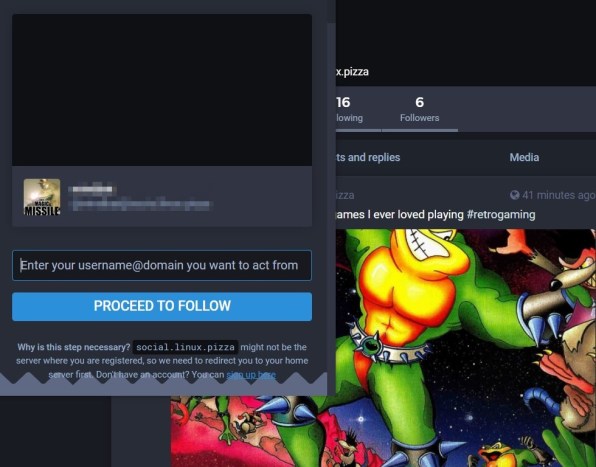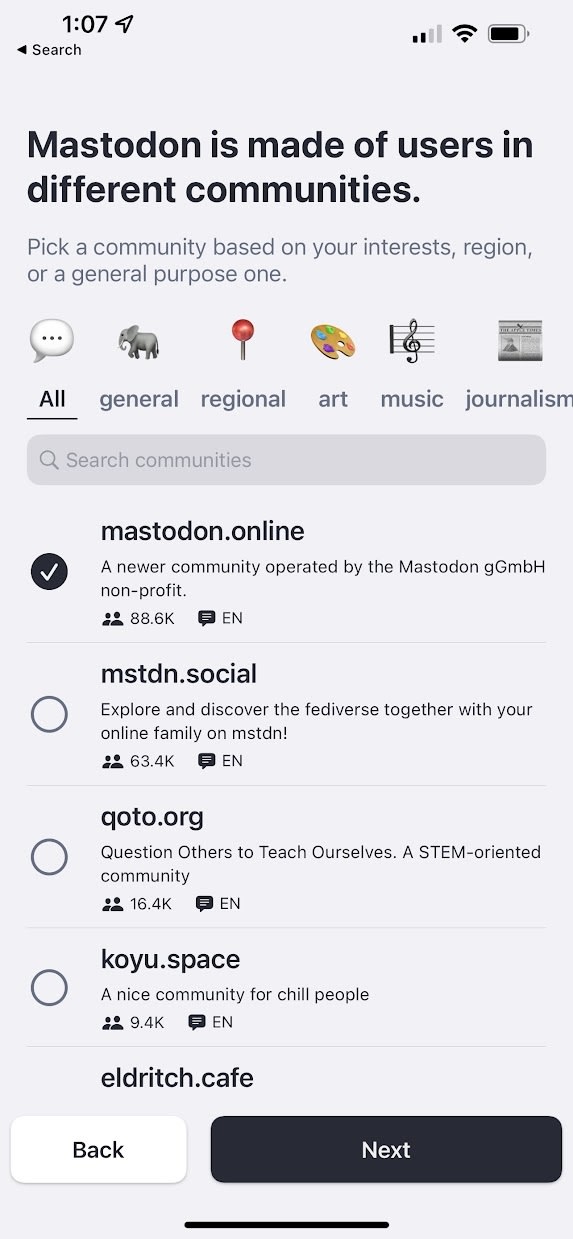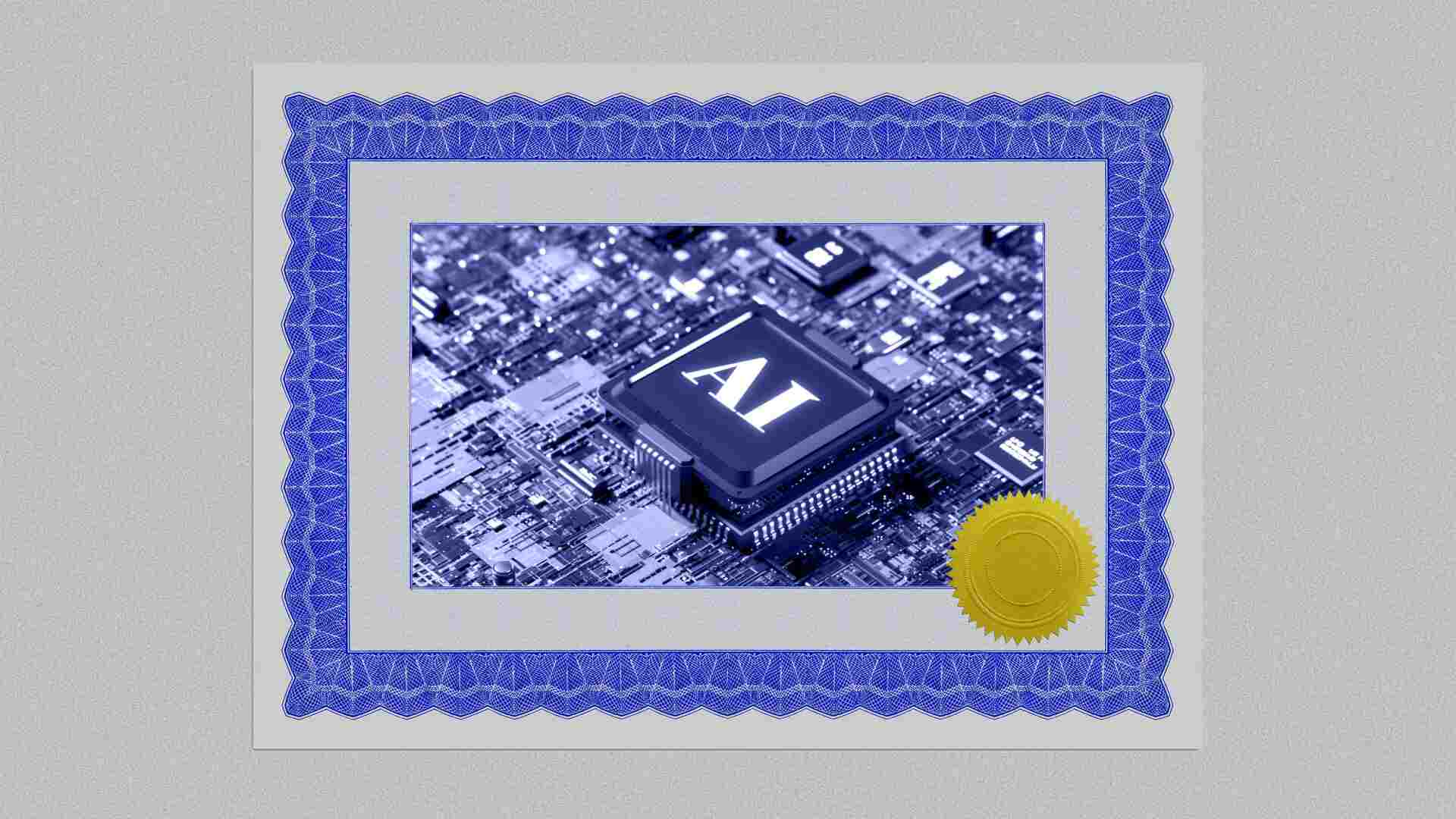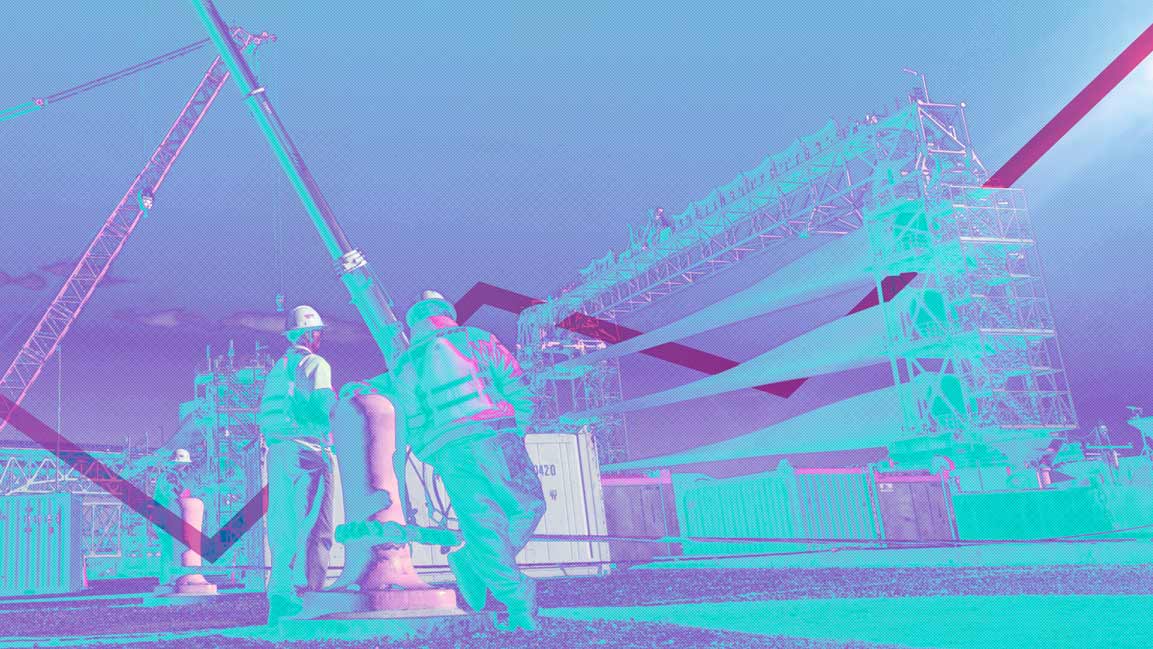- | 8:55 am
Sorry, Elon haters: Mastodon still can’t replace Twitter
Instead of trying to clone Twitter, Mastodon should play to its strengths.

Since we’re all fretting over the future of Twitter, thanks to Elon Musk, it’s once again time to check in on Mastodon.
The Twitter-like social network, which launched in 2016, aims to cure Twitter’s ills through the magic of decentralization. Instead of operating as one social network, Mastodon relies on a web of interconnected, open-source servers, called “instances,” with the owners of each instance setting their own moderation policies. Some instances even have specific focuses, such as gaming, technology, or art.
Mastodon often gets a boost whenever Twitter ticks off its users—a change to reply formatting in 2017, for instance, brought in tens of thousands of new sign-ups—and Musk’s plan to acquire Twitter has predictably been a boon. CEO Eugen Rochko told Vice this week that 30,000 users had just joined Mastodon for the first time.
But while Mastodon sounds pretty special in theory—a combination of Twitter’s chronological feed with the community-driven spaces of Reddit, with no ads or corporate interests—the promise falls apart once you actually use it. Mastodon’s apps and websites still feel disorganized, and it’s not immediately clear what users should be doing with the service once they sign up.
I do think Mastodon is onto something with its decentralized approach to social media, but instead of trying to clone Twitter, it may be better off leaning in to all its inherent differences.
SIGN-UP CONFUSION
Perform a Google search for “Mastodon,” and the top result (beyond the metal band of the same name) is mastodon.social. There you’ll find a sparse sign-up page with practically no description of the service or its features.
That’s because mastodon.social isn’t actually the home page for Mastodon. It’s just one server—or “instance”—among the many that make up Mastodon’s decentralized network (though it is the original server maintained by Rochko himself, and one of the largest). To learn more about Mastodon as a whole and browse other instances, you should instead head to joinmastodon.org, but you’d never know this from visiting mastodon.social.
But even after you’ve figured this out, joining an instance can feel like a crapshoot. Some instances don’t allow you to see a public feed of posts before you sign up, and for those that do, you must click “Join” from Mastodon’s directory, then click “See What’s Happening” on a separate page. It’s a clunky and confusing process that does little to help users get situated.
MORE SERVERS, MORE PROBLEMS
The bigger issue with Mastodon is its inability to unify your presence across multiple instances. Because most Mastodon servers are fairly small, the best way to start using them is to browse their “Local” timelines, which act as a fire hose for everything that users have posted publicly. This is useful for finding interesting people to follow and conversations to jump into.

Following someone from another instance can be a hassle.
But because each server effectively acts as a separate version of Mastodon, participating in multiple instances is a hassle. For each one, you must maintain separate profiles and follower lists, and there’s no way to view multiple “Local” timelines in a single feed.
Mastodon does allow you to follow people from outside of your own instance, but that just creates further complications if you want to join more than one. Now you have to figure out not just who to follow, but from which account to follow them.
Mastodon’s approach might make sense if every server were Twitter-like in scale and users seldom needed to spend time outside of a single instance. But as it stands, the service needs more ways to float around between communities and sync their profiles between them.
LIMITED MOBILE APPS
Mastodon’s problems are only compounded by its mobile apps, which make exploring and discovering instances even harder.
At least with Mastodon’s website, you can browse through each instance’s public posts before joining. That’s not an option in the mobile app, where you must instead pick an instance based only on a short description.

Mastodon’s mobile app doesn’t tell you much about the instances you’re joining.
Even after you’ve done that, Mastodon’s mobile app lacks the “Local” fire-hose view that’s available on its website. That means you can’t easily see what people are posting in your instance, and must instead start looking up individual users to follow. The experience is reminiscent of Twitter’s early days, when a large percentage of users abandoned the service after signing up because they didn’t know what to do with it.
The mobile app isn’t really set up for hopping between instances, either. If you get bored with once instance and decide you’d like to check out another, the only option is to sign out of your account and sign up for a new instance from scratch.
HOW MASTODON COULD BE BETTER
The overarching issue here is that Mastodon is trying to be too much like Twitter when it really ought to be more like Reddit.
Mastodon’s decentralized approach lends itself to smaller, more tight-knit online communities, each with its own content preferences, interests, and moderation rules. In the ideal version of Mastodon, users would be able to browse the content of those communities, and jump between them at any time, but would still have easy ways to interact with anyone else on the network. The notion of following specific users would be secondary—something you reserve for keeping up with your favorite people—rather than the main way of engaging with the service.
Interestingly enough, Twitter itself seems to have realized the power of smaller communities lately, having rolled out a Communities feature that allows small groups of Twitter users to talk among themselves. I’m not sure how popular the feature has been as a whole, but the one community I was a part of seemed to fall apart after just a couple months. My sense is that a community-driven approach is too much at odds with what people expect from Twitter.
Mastodon, however, is inherently focused on small, independent communities due to its decentralized model. If it were to lean in to those strengths, it could be a social media giant in earnest, rather than just a place people go to complain about Twitter.






































